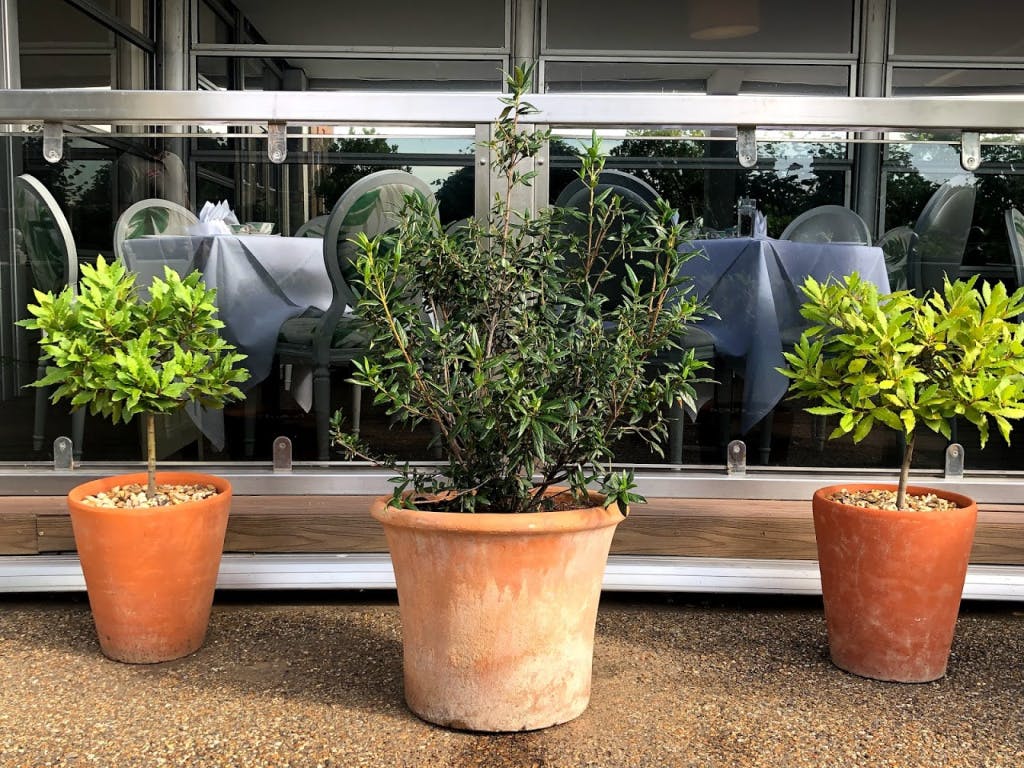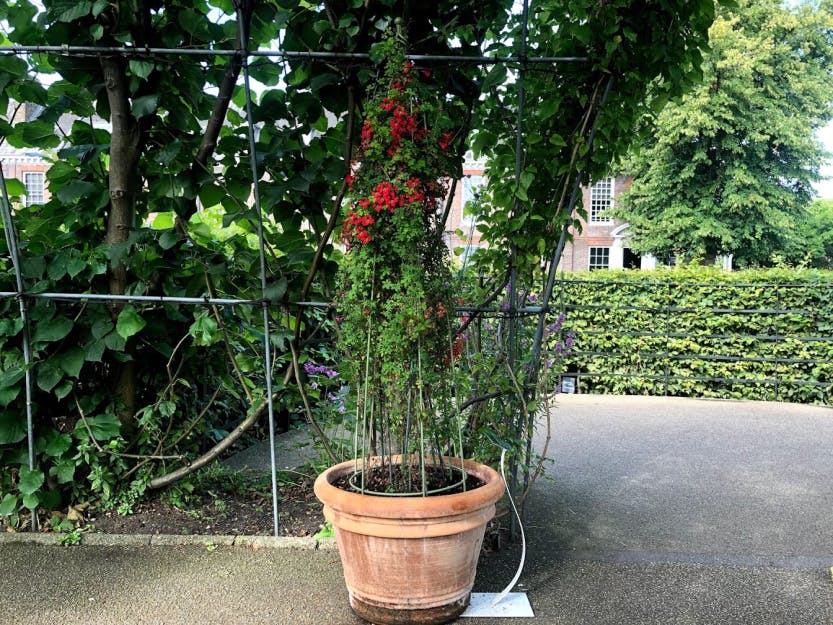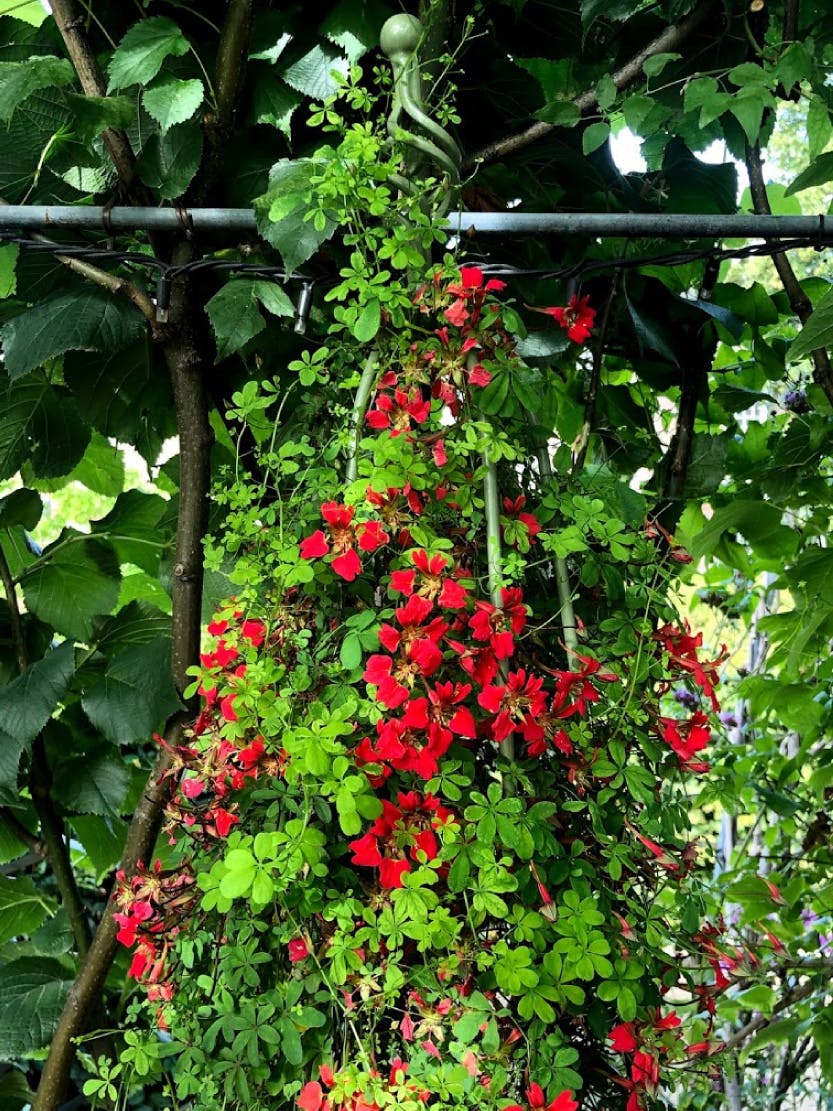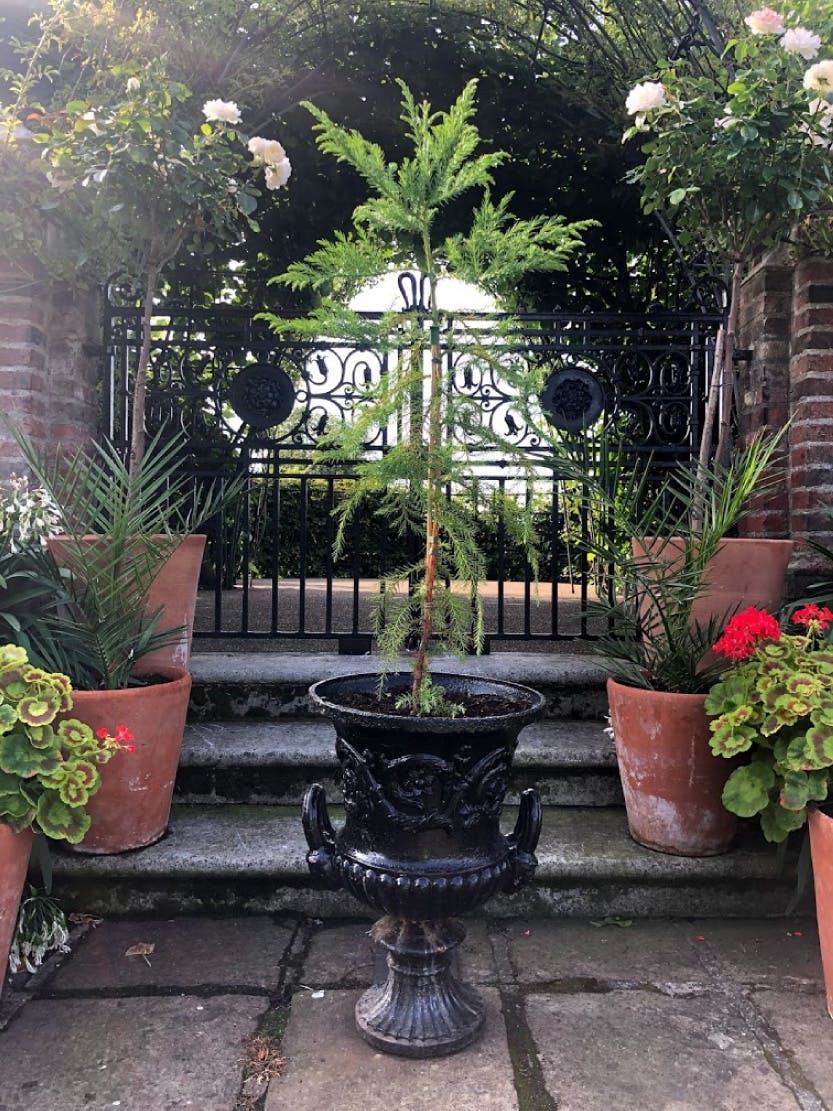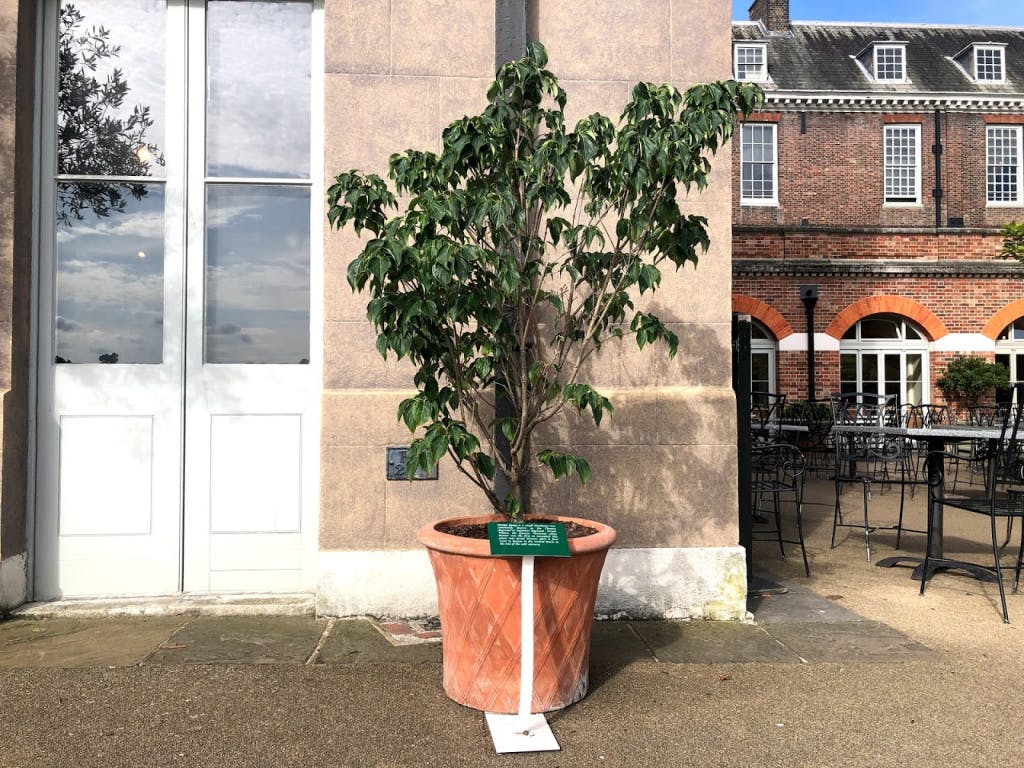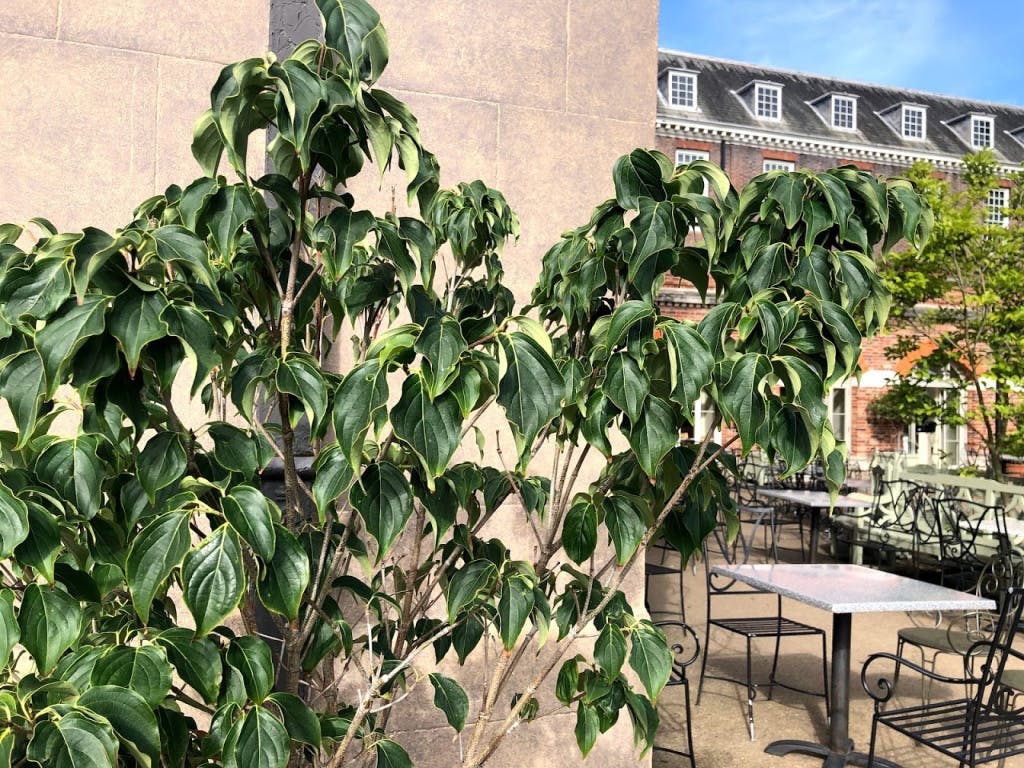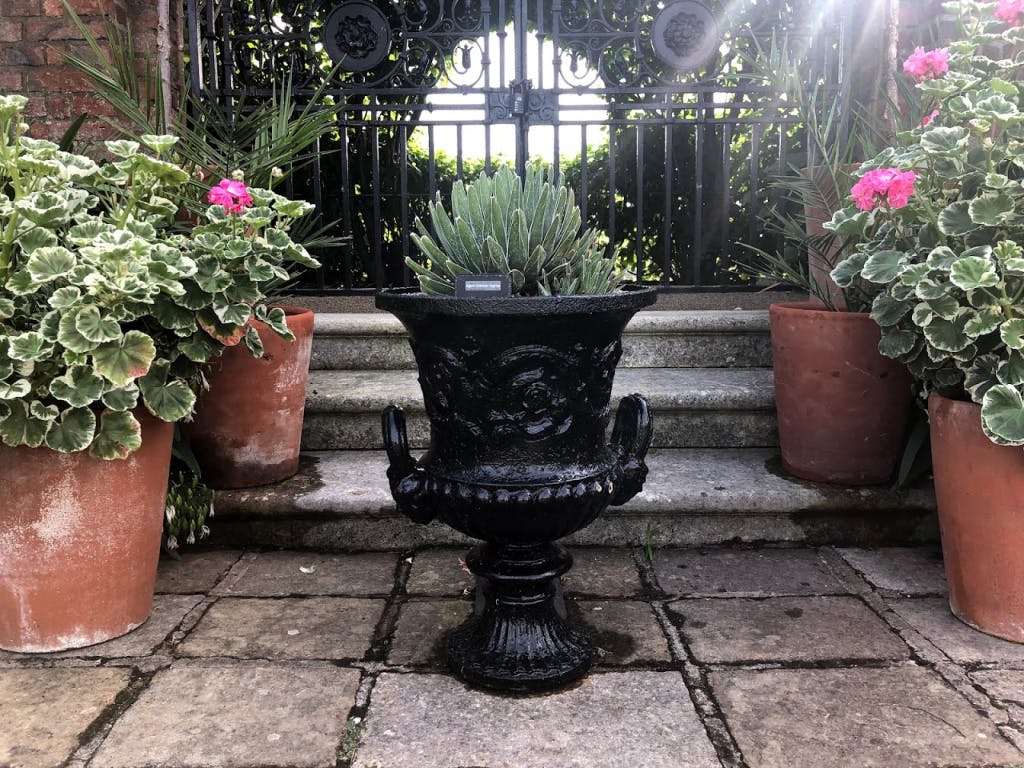Victorian plants are brought to Kensington Palace
Date: 08 August 2019
Author:
Graham Dillamore
The Victorian era marked a huge time for change. Population growth, urbanisation, industrial changes and new technology in manufacturing vastly changed the way people lived and worked, creating a huge wealth-divide, but also new opportunities for leisure time and recreational activities. Set amongst this huge social upheaval were changes in the way we cultivated, collected and displayed plants.
A new interest in gardening gripped the nation and gardening became an obsession for many. This lead to simple innovations that today we take for granted such as the humble lawnmower and greenhouse.
The collecting and cultivation of rare and unusual plants also took several steps forward during the Victorian period, thanks to people like Charles Darwin who pioneered experiments on soils, fertilisation and pollination. New and large glasshouses meant tender exotic plants could be kept alive through the winter and this inspired a demand for new, exciting plant species from far away.
At Kensington Palace we have selected just a few of our favourite discoveries from the Victorian period to go on display this year. Each plant has a story and can be credited to a plant hunter from this fascinating period of horticultural research and discovery.
Our collection
Crinodendron hookerianum
Crinodendron hookerianum was first introduced into this country in 1848 by the plant hunter and collector William Lobb of Exeter. Lobb travelled by sea to the rainforests of Chile where he brought back this commonly named Chilean lantern tree, and began propagating from it shortly after 1848.
Tropaeolum Speciosum
Tropaeolum Speciosum is a scrambling creeper that grows in the wild throughout Chile. It was discovered and bought back to England for Queen Victoria by William Lobb in 1845.
Cyrptomeria Japonica
Cyrptomeria Japonica, also known as the Japanese cedar, which can grow up to 180 feet. It is native to Japan and China; it was in China that Robert Fortune first collected seeds and plants, which he brought back to England in the reign of Queen Victoria in around 1843.
Cornus kousa
Cornus kousa is a small deciduous tree commonly known as the Chinese dogwood or Japanese dogwood. Ernest Wilson introduced this plant into Great Britain after it first went to Boston in the United States at the end of the 19th century.
Trachycarpus fortunei
Trachycarpus fortunei is also known as Chinese Windmill Palm. It is a tough and hardy evergreen palm that is native to China, India and Japan. The German physician Philipp Franz von Siebold brought the plant from Japan to Europe in 1830. But it was not until 1849 that Robert Fortune smuggled plants from China to Kew Horticultural Gardens and gave them to Prince Albert, Queen Victoria's husband.
Agave Victoriae Reginae
The French plant collector Victor Considerant, was the first to bring this agave to Europe from Mexico in 1872 but sadly this one and only prize specimen was overwatered and died the following winter. In 1874, Considerant tried again, this time importing 12 plants, the biggest of which was planted in the Jardin des Plants in Paris. As the plant was not yet formally named, it was suggested that it be named in honour of Queen Victoria.
Graham Dillamore
Gardens Operations Manager
Head Gardener Gary James tells us about the special planting scheme at Kensington Palace to mark 200 years since Victoria's birth in this video.
This content is hosted on YouTube
This content may be using cookies and other technologies for which we need your consent before loading. To view the content, you need to enable cookies for "Targeting Cookies & Other Technologies".
Manage CookiesMore from our blog

Restoring Genius: Grinling Gibbons's Carvings in the Orangery of Kensington Palace
30 July 2021
03 August marks the 300th anniversary of the death of Grinling Gibbons, the greatest woodcarver in British history. Buildings Curator Lee Prosser introduces us to some of his lesser-known but incredibly important works in the Orangery at Kensington Palace.

Creating your own wildflower garden
27 April 2020
You don't need large expanses of land to make your own wildflower meadow providing cover and food for wildlife. Following the success of our wildflowers at Kensington Palace, this year we planted a new wildflower meadow at Hampton Court. You too can do the same with any old patch of lawn in an open, sunny position.

A tour of Kew's Kitchen Garden
10 September 2019
Like Kew Palace and the Royal Kitchens, the Kitchen Garden is open seasonally to visitors, from April to October. But work in the garden continues all year round. Let's take a tour...

